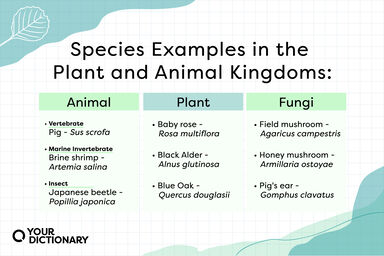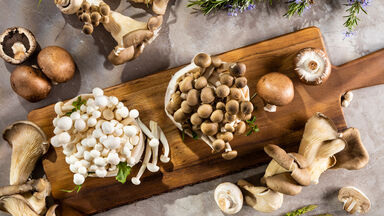Many fungi (Phallus, Agaricus, Fumago, &c.) when strongly growing put out ribbon-like or cylindrical cords, or sheet-like mycelial plates of numerous parallel hyphae, all growing together equally, and fusing by anastomoses, and in this way extend long distances in the soil, or over the surfaces of leaves, branches, &c. These mycelial strands may be white and tender, or the outer hyphae may be hard and black, and very often the resemblance of the subterranean forms to a root is so marked that they are termed rhizomorphs.
The mushroom usually grown in gardens or hot-beds, in cellars, sheds, &c., is a distinct variety known as Agaricus hortensis.
The common mushroom (Agaricus campestris) is propagated by spores, the fine black dust seen to be thrown off when a mature specimen is laid on white paper or a white dish; these give rise to what is known as the "spawn" or mycelium, which consists of whitish threads permeating dried dung or similar substances, and which, when planted in a proper medium, runs through the mass, and eventually develops the fructification known as the mushroom.
Outflows of resinResinosisalro come under this general heading; but although some resin-fluxes are traced to the destructive action of Agaricus melleus in Conifers, others, as well as certain forms of Gummosis, are still in need of explanation.
They are beautiful objects in the autumn woods; Amanita muscaria, the fly fungus, formerly known as Agaricus muscarius, being especially remarkable by its bright red cap covered with white warts.

